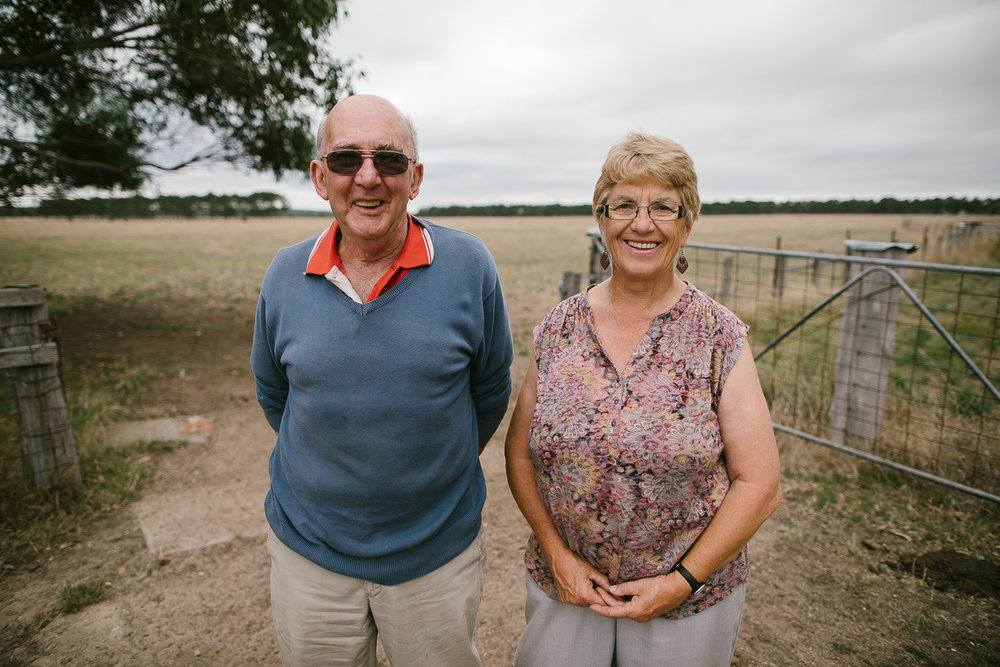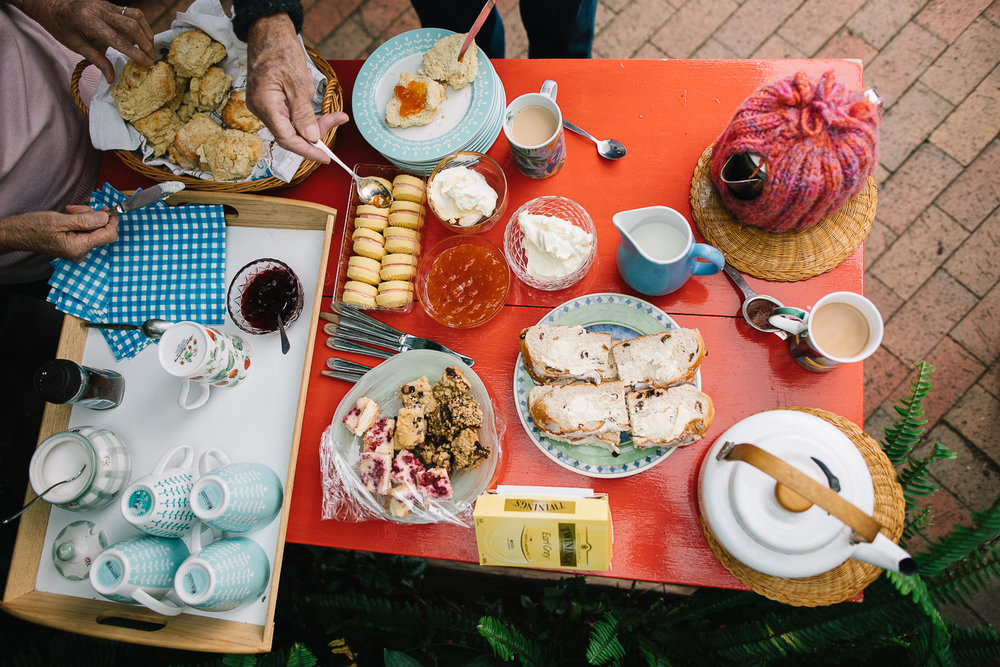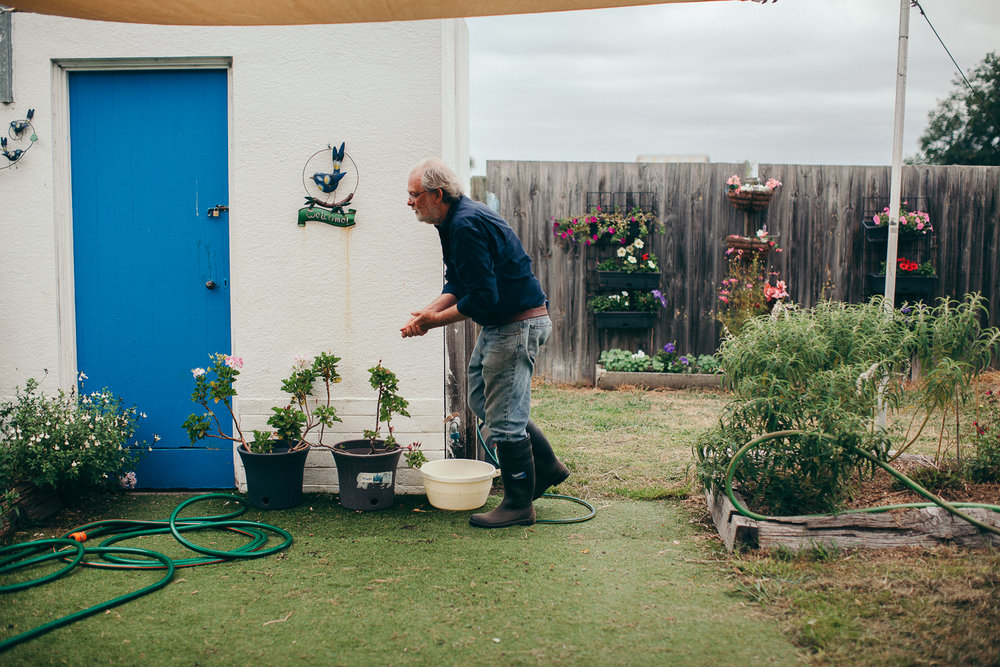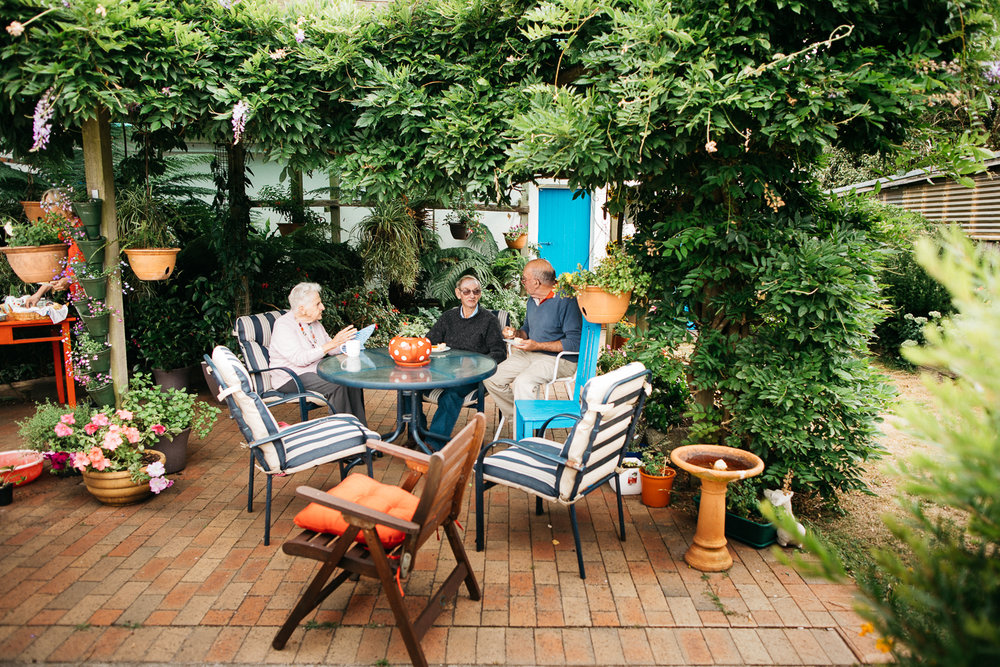I hate to go all Gruen on you, but apparently 85% of Australians recognise the Landcare “caring hands” logo. This is significant brand recognition for the Australian-founded movement and shows just how established the Landcare brand is in broader Australian culture. It’s an iconic logo and whoever came up with it is genius. (Note: Google who developed the Landcare hands logo. Give them a prize.) But even though recognition for the Landcare logo is very high, it would be pretty safe to assume that most Australians only have a superficial understanding of what Landcare actually does. Groups planting trees, right?
If only it was that simple. Founded 30 years ago, Landcare has become an incredible nationwide grassroots movement. There are more than 6,000 groups across Australia focusing on anything from waste reduction, mental health, coastcare, soil health, whole farm planning, controlling weeds and pest animals, horses, citizen science, junior Landcare, agroforestry, local food, urban Landcare, and just about anything that is associated with sustainable agriculture. No two groups are the same. The local nature of each group enables them to be super nimble and change their focus to whatever issue is pertinent to them at that time. This means it is often Landcare groups who are the first ones to band together to help their community during sudden fire, flood or drought.
The positive impact Landcare groups have on the environment is well known (and can be easily measured by things like total number of trees planted). But Landcare’s contribution to a community’s social fabric has remarkably less awareness. In short, the environment is not the only thing that benefits from a Landcare project. Landcare projects also have significant benefit for the local community, such as increasing skills, emotional wellbeing, and connections.
The West Gippsland Catchment Management Authority studied a small Landcare project to see if we could better understand this social benefit. Using the Social Return on Investment (SROI) technique, we studied the benefits of a small $15,000 project provided to the Merriman Creek Landcare Group. This project funded and managed the delivery of small environmental operations on members’ properties, such as removing blackberries, putting up fencing to stop stock access, and planting indigenous trees along the Merriman Creek.

The group boundary loosely covers an area south of Sale in the south-eastern part of Gippsland, following the creek from its headwaters to its mouth at Seaspray. They consist of 33 mostly farmer members and meet several times a year at the Stradbroke Hall, a cute building situated on the side of a long road in the middle of flat sheep and beef paddocks. We interviewed members of the Landcare group who directly benefited from the project (they had works funded on their own property) and those who saw the overall benefit of the project (but did not have any works funded on their property).
We found because of the Landcare project, group members overwhelmingly experienced an increased connection with their local community. This was particularly important as farming or living in a remote area can sometimes be isolating and lonely. Studies have proven that people who are more socially connected are happier, healthier and live longer than those who are less well connected. And this connection is not just about getting to know other group members, but rather developing a stronger relationship with them, having a shared sense of purpose and responsibility for improving the landscape. This greatly increases a sense of belonging and increases the likelihood that someone will take action to help their community. As one member put it, the project ‘gave me a reason to stop at the shop and have a big chat to someone who otherwise I would just say hi to in passing otherwise.’ Another member said that ‘I have a greater respect for group members as a result of working on the project.’

We also found that members of the Landcare group experienced greater emotional wellbeing from being part of Landcare. As one member said, ‘there’s a lot going on in the world, and being part of Landcare makes me feel less guilty. I feel good about doing my bit.’ Other members reported that being part of the project made them feel proud, reduced the guilt they felt about their impact on the environment, increased their self-esteem, and made them feel good about their contribution to the community. Increased emotional wellbeing means members are more likely to be resilient, have a reduced risk of mental health problems, and be generally happier.
Interestingly, one of the greatest outcomes identified by all members from the group was that the funding gave them an increased sense of purpose. This might sound like a weird concept, but as one member stated, ‘the money has resulted in better attendance at meetings, more interaction and more enthusiasm to apply for other project funds.’ Having something to do (i.e. manage the project) meant members were brought together more regularly with something to talk about and work towards. Meetings are more exciting, dynamic and people actually want to attend them.

Members also reported the project improved or strengthened their group skills in things such as project management and reporting, while others described how it increased their knowledge of environmental issues. This knowledge didn’t just stop at the Landcare members’ fenceline either, as we learnt that members often spoke to others in the community about their project; for every one member, at least one other person was spoken to about this Landcare project. Information shared like this – from neighbour to neighbour- can be an extremely effective way of dispersing knowledge, as it is often more trusted when compared to more formalised communication.
The responses from the Merriman Creek Landcare Group members show that the environment is not the only thing that benefits from a Landcare project. Landcare projects also have a significant benefit to the local community. As part of the study we found that for every $1 spent on a Landcare project, there was at least $3.41 return in social value in terms of increased social connectedness, emotional wellbeing, increased natural resource management knowledge and skills, improved group dynamics, increased physical activity and participation, reduced labour and chemical costs, better weed control, and improved relationships with the local community. Pretty great really, isn’t it?
Banner image courtesy of Andrew Northover and is of Landcare legends Eddie and Pat Brand talking with Peter Garlick.


Leave a Reply